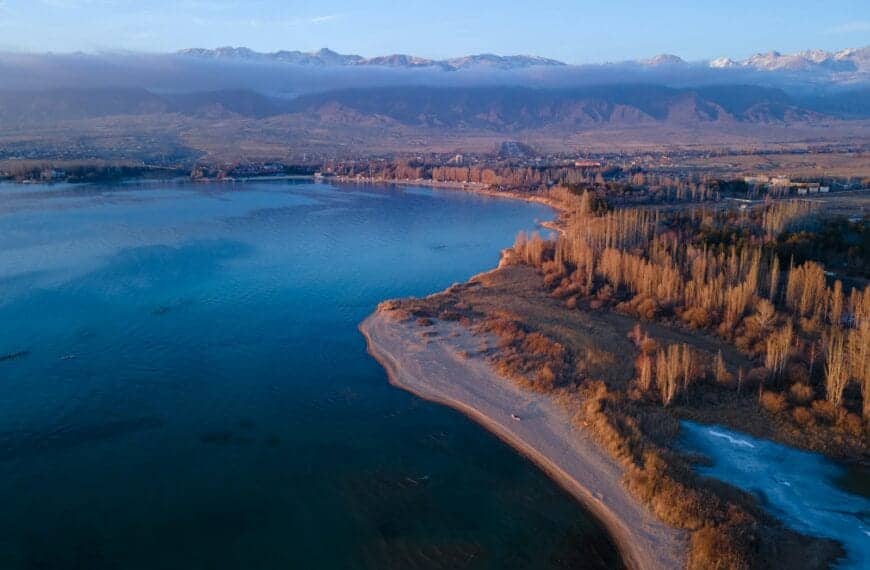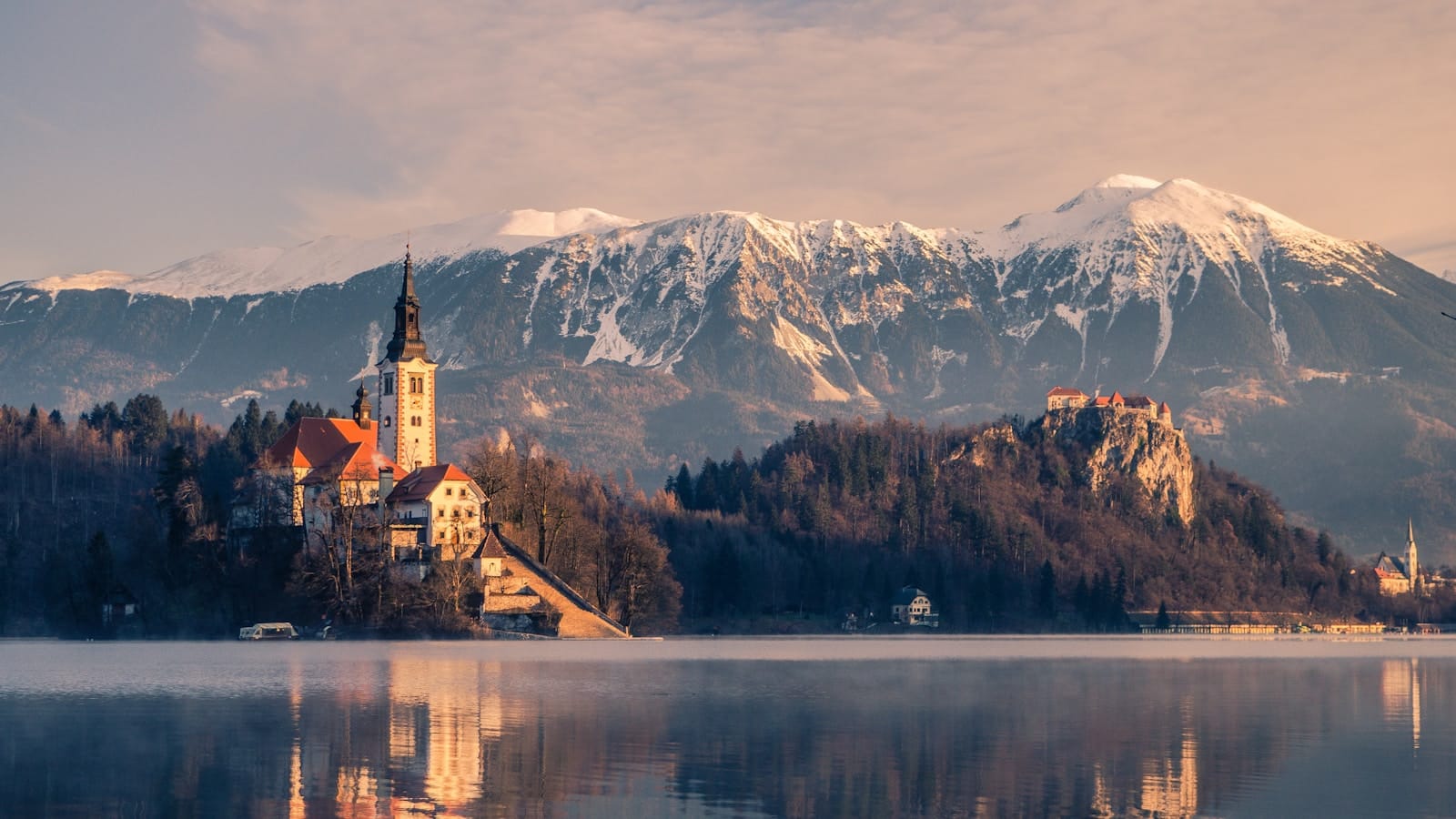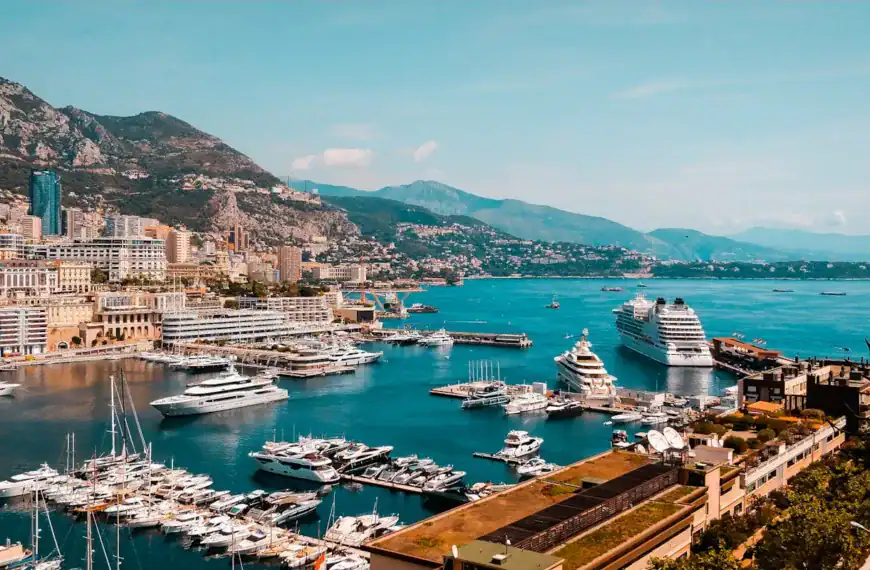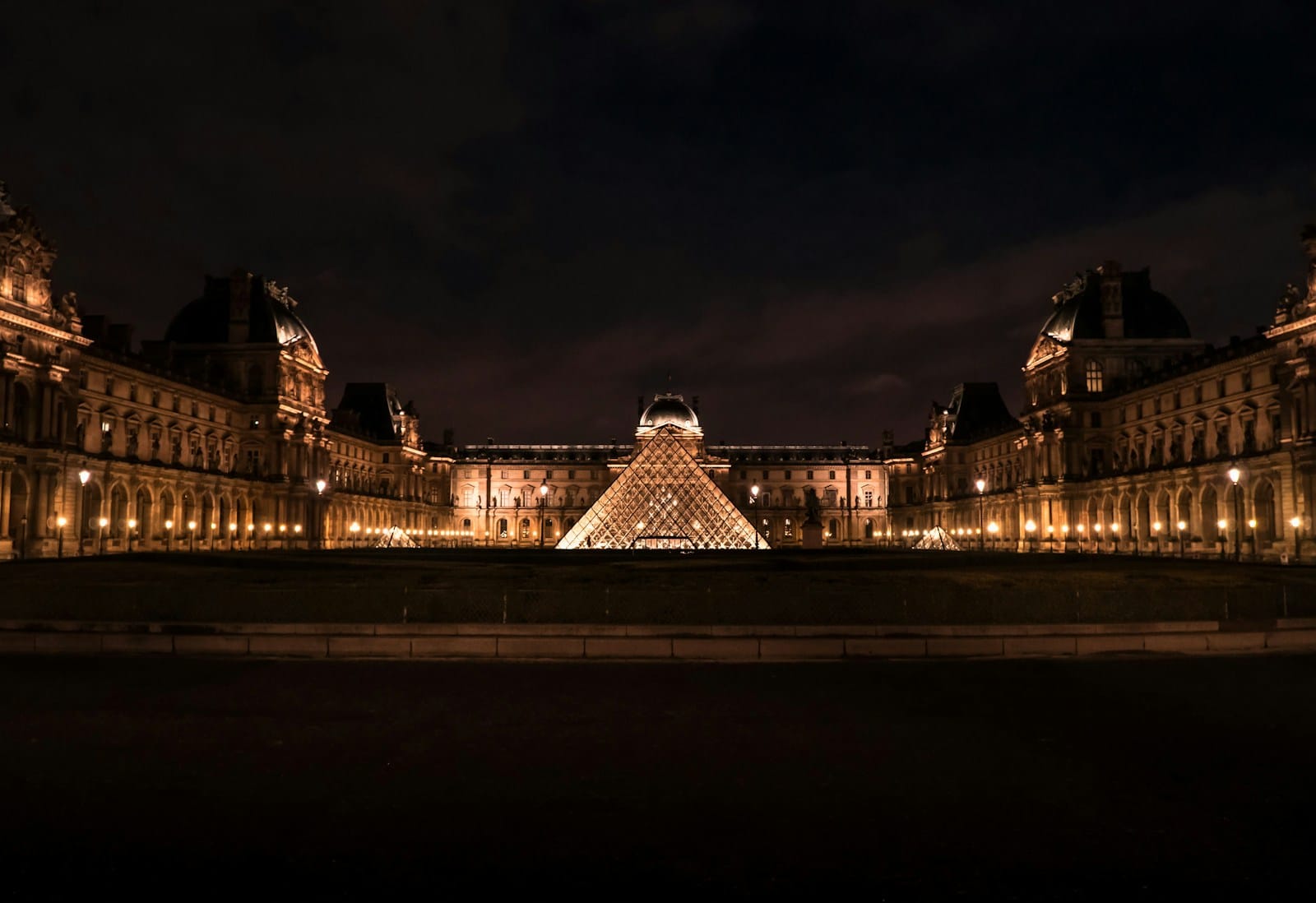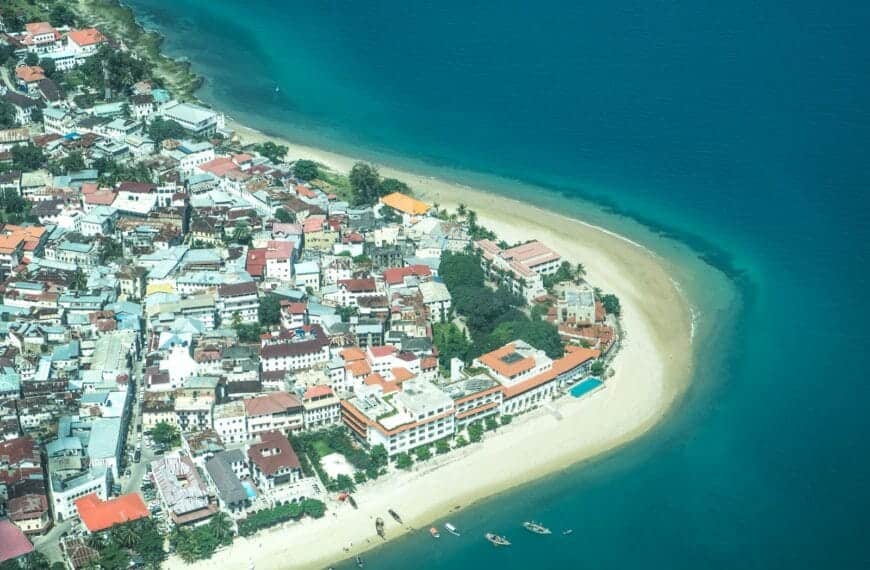Mauna Kea Summit: Journey Above the Clouds
Intro to Mauna Kea Summit
At nearly 14,000 feet above sea level, Mauna Kea Summit is the highest point in Hawaiʻi and one of the most extraordinary places on Earth. Rising from the warm Pacific Ocean to a frozen alpine desert, this dormant volcano is not only sacred in Hawaiian culture but also home to world-renowned astronomical observatories. A visit here combines spiritual awe, scientific wonder, and breathtaking natural beauty — from sunrise that bathes the Big Island in gold to stargazing where galaxies unfold above.
Whether you’re joining a guided 4×4 tour, hiking from the Onizuka Visitor Information Station, or simply watching twilight from above the clouds, Mauna Kea offers a once-in-a-lifetime experience. Prepare for thin air, cold nights, and unforgettable skies — and let the summit reveal why it’s considered one of the most magical destinations in the Pacific.
Looking to explore beyond the summit? Check out our full Big Island Travel Guide for more ideas and hidden gems across Hawaiʻi’s largest island.
Why Travelers Love Mauna Kea Summit
Mauna Kea stands apart because it blends cultural significance, natural extremes, and scientific frontiers. For Native Hawaiians, this mountain is wao akua — the realm of the gods — and many still visit for ceremonies. For astronomers, it’s one of the clearest and darkest skies on the planet, making it the site of 13 powerful telescopes. For adventurers, it offers a chance to stand above 40% of Earth’s atmosphere and see both sunrise and sunset in a single trip.
Choosing guided tours ensures safe travel on the steep gravel roads, helps with altitude adjustments, and often includes stories about the mountain’s mythology and research. Passes and permits also streamline access, as certain areas are restricted for conservation or cultural respect.
Timeless Spots at Mauna Kea Summit
Mauna Kea Summit Peak
At 13,803 feet, the summit is the literal rooftop of Hawaiʻi. Here, visitors are rewarded with views across the Big Island, neighboring volcanoes like Mauna Loa, and the Pacific stretching endlessly in all directions. Bring layers — temperatures often dip below freezing, even in summer.
Lake Waiau
A sacred alpine lake near the summit, Lake Waiau is one of the few permanent lakes in Hawaiʻi. Fed by groundwater and snowmelt, it has spiritual importance for Native Hawaiians, who once used it for offerings and rituals. Today, it remains a peaceful stop for reflection.
Onizuka Visitor Information Station (VIS)
Located at 9,200 feet, the VIS is where most visitors acclimate before heading higher. Exhibits explain the cultural and scientific significance of Mauna Kea, while telescopes allow for casual stargazing without braving summit conditions.
Mauna Kea Observatories
Though closed to casual public entry, the observatories — including the Keck and Subaru telescopes — dominate the summit’s silhouette. Guides often share details of their groundbreaking discoveries, from distant galaxies to the structure of the Milky Way.
Cultural Treasures Near Mauna Kea Summit
Imiloa Astronomy Center (Hilo)
Part planetarium, part cultural museum, this center blends Hawaiian cosmology with modern science. Interactive exhibits explore star navigation, creation chants, and the role of astronomy in island traditions.
Puʻukoholā Heiau
While not directly on the mountain, this temple built by Kamehameha I in the late 1700s lies nearby and contextualizes Hawaiʻi’s sacred sites. Its lava rock construction and oceanfront setting make it an evocative stop.
Waimea’s Parker Ranch Heritage Center
This museum preserves the story of one of the largest cattle ranches in the U.S. and its ties to Hawaiian history, offering another perspective on life near Mauna Kea.
Natural Wonders of Mauna Kea
Snow on the Summit
Rare in tropical Hawaiʻi, snow falls on Mauna Kea multiple times each winter. For locals, the chance to ski or snowboard atop a Pacific island is legendary, though conditions are unpredictable.
Saddle Road (Daniel K. Inouye Highway)
The scenic drive linking Hilo and Kona cuts through lava flows and high-altitude desert. It’s often the first glimpse of Mauna Kea rising into the sky.
Subalpine Forests
Lower slopes of Mauna Kea host forests of māmane and naio trees. Birdwatchers may spot rare Hawaiian species like the palila, found nowhere else in the world.
Our Top Picks at Mauna Kea Summit
- Sunrise Above the Clouds – Few places rival the magic of dawn at Mauna Kea, when the Pacific glows and neighboring peaks pierce the mist. Tours typically depart before midnight to reach the top in time.
- Sunset & Stargazing Combo – A favorite excursion combines a fiery sunset with telescope-aided stargazing at 9,200 feet. Guides explain constellations through both Hawaiian and Western lenses.
- Cultural Storytelling – Local guides share chants and legends about the mountain’s role in Hawaiian spirituality, making the visit far more meaningful.
- Astrophotography Sessions – Bring your camera or join a guided shoot; the summit’s clarity reveals the Milky Way, shooting stars, and even faint galaxies.
- Snow Play in Winter – On rare snowy days, locals head up with boards, skis, and sleds — a surreal sight in tropical Hawaiʻi.
Discover top-rated Mauna Kea Summit tours that bring culture, science, and nature together, while uncovering the most authentic things to do in Big Island of Hawaii. We may earn a commission if you book through our links — at no extra cost to you.
Off-Road Lava Tubes
Guided excursions sometimes stop at lava tubes formed during past eruptions. These caves reveal the raw volcanic power that built Hawaiʻi.
Humuʻula Trail
A challenging route from the VIS to the summit, this trail spans nearly 6 miles each way. It’s strenuous but rewards hikers with solitude and dramatic views.
Gemini Observatory Museum (Hilo)
Often overlooked, this small center in Hilo shares the story of one of the summit’s twin telescopes. Visitors learn about global collaborations in astronomy.
How to Plan for Mauna Kea Summit
- Acclimatize at 9,000 feet – Stop at the VIS for at least 30–45 minutes before ascending further. This reduces risk of altitude sickness.
- Use a 4×4 vehicle – Summit roads are steep, unpaved, and can be icy. Many rental companies forbid driving here, so tours are safer.
- Bring layers & snacks – Conditions shift from tropical to arctic. Thermal jackets, gloves, and hot drinks are essentials.
- Book in advance – Tours sell out quickly, especially around full moons and peak stargazing seasons.
Best Times for Mauna Kea Summit
- Spring (March–May) – Clear skies and mild weather make this a great time to stargaze. Wildflowers bloom at lower elevations.
- Summer (June–August) – Longer days mean late sunsets; visitor demand is high, so book early.
- Fall (September–November) – Shoulder season brings fewer crowds, crisp air, and superb visibility.
- Winter (December–February) – Snowfall creates magical landscapes, though icy roads can limit summit access.
Nearby Excursions Around Mauna Kea
Hawaiʻi Volcanoes National Park
Just a few hours away, this park features Kīlauea and Mauna Loa, both active volcanoes. Hiking trails pass through craters, lava tubes, and steaming vents.
Waipiʻo Valley Lookout
Lush cliffs and taro fields contrast the summit’s desert landscape. Tours descend into the valley to explore waterfalls and historic sites.
Kona Coffee Farms
South of Mauna Kea, Kona’s slopes host world-famous coffee plantations. Many offer tastings paired with scenic ocean views.
Flavors Around Mauna Kea Summit
- Farmers’ Markets – Hilo and Waimea markets brim with tropical fruits, artisanal honey, and handmade snacks. They’re ideal for stocking up on picnic supplies before or after your summit visit.
- Local Plate Lunches – Fuel up in Hilo or Waimea with classic Hawaiian plate lunches of rice, macaroni salad, and meats like kalua pork or teriyaki beef. These hearty meals provide the perfect energy boost before a high-altitude adventure.
- Poke Bowls – Fresh ahi tuna or other local fish mixed with soy sauce, sesame, onions, and chili flakes make for a refreshing, protein-rich meal after a long day exploring the summit.
Travel Tips for Mauna Kea Summit
- Download offline maps – Cell service is limited above 9,000 feet.
- Respect cultural protocols – Avoid loud behavior and never disturb offerings left by Native Hawaiians.
- Hydrate constantly – Thin air dehydrates quickly. Carry water even on short visits.
- Limit children under 13 – Altitude risks make summit visits unsuitable for younger travelers.
- Bring cash – Some rural stops, especially farmers’ markets, may not accept cards.
Sample Day Plans
3-Day Adventure
- Day 1 – Arrive in Hilo and spend the day acclimating at a lower elevation. Visit the ʻImiloa Astronomy Center to learn about Hawaiian star navigation, then explore Rainbow Falls or nearby waterfalls for a gentle start.
- Day 2 – Head up Saddle Road with a guided tour. Stop at the Visitor Information Station for acclimatization, then continue to the summit for a breathtaking sunset. Wrap up with stargazing at 9,200 feet under some of the clearest skies in the world.
- Day 3 – Travel to Waimea for a slower-paced day. Explore Parker Ranch heritage sites, enjoy local farmers’ markets, and relax with a coffee tasting before departing.
5-Day Exploration
- Day 1 – Spend your first day in Hilo, visiting waterfalls and cultural sites to ease into Big Island life.
- Day 2 – Dedicate the day to Mauna Kea. Acclimate at the VIS, explore Lake Waiau, and join a sunset + stargazing tour at the summit.
- Day 3 – Explore Hawaiʻi Volcanoes National Park. Walk through Thurston Lava Tube and witness Kīlauea’s dramatic crater landscapes.
- Day 4 – Drive west toward Kona, stopping at scenic overlooks along the Kohala Coast. Visit a Kona coffee farm for tastings and cultural insight.
- Day 5 – Relax with a beach day at Hāpuna Beach or Maniniʻowali (Kua Bay), enjoying snorkeling and downtime before departure.
7-Day Deep Dive
- Day 1 – Begin in Hilo with cultural immersion at the ʻImiloa Astronomy Center and evening strolls along the waterfront.
- Day 2 – Head up to Mauna Kea for a summit experience. Acclimatize at the VIS, then enjoy a guided tour that includes both sunset and stargazing.
- Day 3 – Drive north to Waipiʻo Valley. Take a guided hike or horseback ride into the valley to see taro fields, waterfalls, and black-sand beaches.
- Day 4 – Spend a full day at Hawaiʻi Volcanoes National Park, exploring craters, steam vents, and lava trails.
- Day 5 – Head west to Kona, stopping at local farms and viewpoints. In Kona, join a snorkeling trip or dolphin encounter.
- Day 6 – Relax with a day on the Kohala Coast’s beaches. Try stand-up paddleboarding or a cultural walking tour in a coastal village.
- Day 7 – Return to Mauna Kea for a sunrise summit experience, then close your journey with a coffee tasting in Waimea before departing.
10-Day Big Island Immersion
- Day 1 – Arrive in Hilo, explore Liliʻuokalani Gardens and Hilo Farmers’ Market, then rest up for the week ahead.
- Day 2 – Visit Mauna Kea Summit on a guided tour. Acclimate properly, then experience the dramatic sunset and stargazing session.
- Day 3 – Explore Waipiʻo Valley with a guided excursion, learning about its history and hiking among lush scenery.
- Day 4 – Spend the day in Hawaiʻi Volcanoes National Park, walking trails through lava fields and visiting the Jaggar Museum overlook.
- Day 5 – Drive across Saddle Road to Kona, with stops for scenic photography and short hikes. End the day with a Kona coffee tasting.
- Day 6 – Enjoy ocean adventures: snorkeling at Kealakekua Bay or a manta ray night dive.
- Day 7 – Relax on the Kohala Coast with a mix of beaches and cultural heritage tours. Try local food trucks and farmers’ markets.
- Day 8 – Take a day trip to Papakōlea Green Sand Beach, hiking across coastal cliffs to this rare wonder.
- Day 9 – Balance adventure with leisure. Choose a dolphin-watching cruise or explore Puʻuhonua o Hōnaunau National Historical Park.
- Day 10 – Return to Mauna Kea for a final sunrise experience. Stop in Waimea for a farewell meal and coffee before heading to your airport.
Insider Secrets of Mauna Kea Summit
Moonbow Watching
On clear, full-moon nights, waterfalls and mist on the Big Island sometimes produce “moonbows,” a rare rainbow-like phenomenon.
Hawaiian Star Lines
Guides trained in traditional navigation share how Polynesians once used constellations like the Southern Cross to sail across the Pacific.
Snow to Surf
In winter, adventurous locals sometimes ski Mauna Kea in the morning and surf Kona waves by afternoon — a uniquely Hawaiian dual-sport day.
Ideal Seasons for Mauna Kea Summit
- Dry Season (April–October) – Best for consistent summit access and stargazing clarity.
- Wet Season (November–March) – Lusher valleys and occasional summit snow. Prepare for rain showers en route.
- Festival Highlights – Merrie Monarch Festival in Hilo (April) and Kona Coffee Festival (November) make cultural add-ons to a summit trip.
Moving Around Mauna Kea
- Airports – Hilo International Airport (ITO) is the closest, about 1 hour from the Visitor Information Station. Kona International Airport (KOA) is roughly 2 hours away but offers more direct flights to mainland U.S. cities.
- Rental Cars – Available at both airports, though most companies prohibit summit driving. Stick to paved routes unless you arrange a specialized 4×4 from a tour provider.
- Tours & Shuttles – Guided vans and small buses remain the safest, most informative way to reach the summit. They include acclimatization stops and telescope sessions, easing both logistics and altitude stress.
- Rideshares – Uber and Lyft operate in Hilo and Kona but are unreliable for summit routes. If depending on them, arrange rides in advance and confirm pickup details.
Stay Close to the Action
Hilo Town
Best for cultural experiences and easy access to waterfalls, museums, and the ʻImiloa Center. Budget hotels and B&Bs dominate.
Waimea (Kamuela)
Cooler upland town with ranch heritage, farmers’ markets, and midrange lodgings. Convenient for Saddle Road access.
Kona Coast
Beach resorts and luxury stays line the coast, offering a sunny base to combine summit tours with snorkeling or coffee tasting.
What to Know Before You Reserve
- Altitude awareness – Asthma or heart patients should consult doctors before visiting.
- Tour inclusions – Some tours provide jackets and meals; others don’t. Clarify before booking.
- Flexible cancellations – Weather can close summit roads suddenly; choose operators with easy rebooking.
- Group size – Small-group tours mean more personalized stargazing and cultural stories.
- Permits – Independent summit drivers require permits; tours handle logistics for you.
- Timing – Allocate 6–8 hours for a full summit excursion, including acclimatization.
- Child restrictions – Most tours exclude under-13s; plan family alternatives.
- Driving fatigue – Saddle Road is winding and dark; avoid returning late without rest.
- Packing – Gloves, hats, and even ski jackets are worth bringing.
- Altitude breaks – Avoid diving or strenuous exercise within 24 hours of summit visits.
Accessibility & Special Considerations
- Inclusive Tours – Some operators offer language-specific guides (Japanese, German) and tailored storytelling for diverse audiences, ensuring a more inclusive visit.
- Mobility Challenges – Summit terrain is rough and unpaved; wheelchair access is limited. The Visitor Information Station (VIS) facilities are more accommodating.
- Families with Teens – Teens over 13 often adapt well if properly acclimatized. Pair summit visits with easier hikes and cultural centers to balance the experience.
Choose Your Next Adventure
- Hawaiʻi Volcanoes National Park – Witness Earth in motion at one of the most active volcanic landscapes in the world. [Explore Hawaiʻi Volcanoes Guide →]
- Maui’s Haleakalā Summit – Another breathtaking sunrise-at-the-crater experience, but on Maui. [Explore Haleakalā Travel Guide →]
- Oʻahu’s North Shore – Famous surf breaks and laid-back charm, easily paired with cultural sites like Waimea Valley. [Explore Oʻahu Travel Guide →]
- Kauaʻi’s Waimea Canyon – Known as the “Grand Canyon of the Pacific,” its lush cliffs contrast beautifully with Mauna Kea’s alpine desert. [Explore Kauaʻi Travel Guide →]
It’s Time to Experience Mauna Kea Summit
Standing at the roof of Hawaiʻi, Mauna Kea Summit offers an unforgettable blend of cultural reverence, scientific discovery, and natural majesty. Whether you’re watching the sun sink into the Pacific, tracing constellations from ancient navigation chants to modern telescopes, or simply breathing the thin air where gods were said to dwell, this is a journey that redefines what it means to travel.
Embrace the journey to Mauna Kea with respect for the land and its stories, and let the summit open your eyes to the infinite skies above. When you’re ready to discover even more wonders, continue your adventure with our complete Hawaiʻi Travel Guide.


